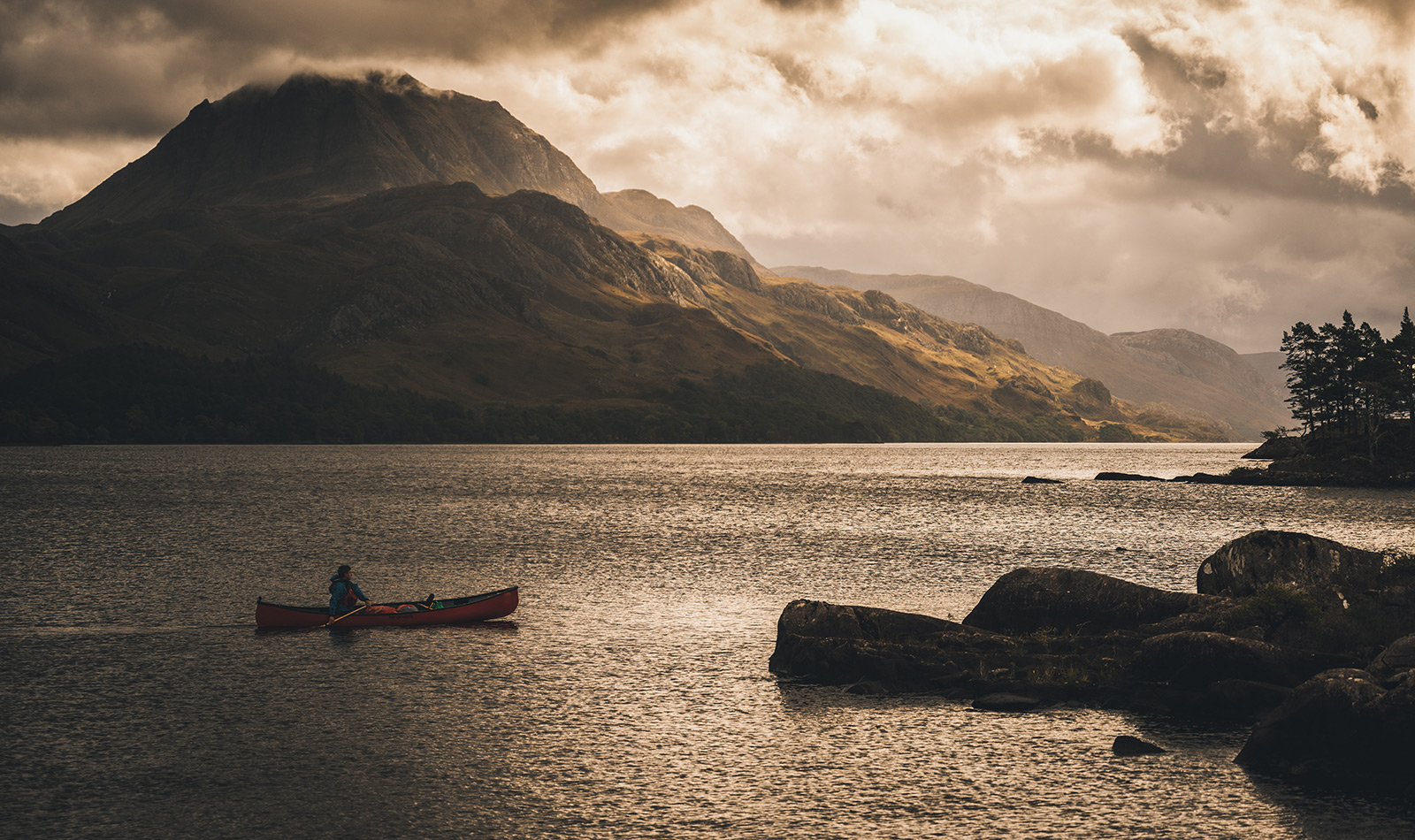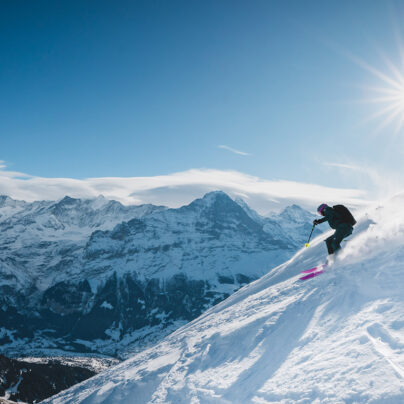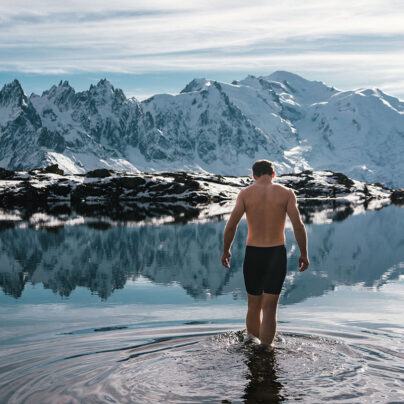The Last Wilderness of Scotland
Written by Jamie Barnes
Photography by Ian Finch & Jamie Barnes
As the evening began drawing in, we set up camp on an island with a quaint sandy beach. Shifting rain squalls were broken up with sunlight, which bounced off the quartzite rocks that littered the slopes of Slioch, a mighty munro that stood prominent on the northern shore.
Seeing the majesty of the Scottish Highlands for the first time all year was a real tonic for the soul. This journey’s initial purpose was to paddle a remote region and document our adventure, but after watching most of the year go by from my window as a pandemic had the whole nation under lockdown, it needed to be more than just that. Now it was about fulfilling a deep and aching desire to live and breathe the great outdoors.
My friend Ian Finch and I were here with the intent of following a route that we had been studying in lockdown. It linked a series of remote lochs – Maree, Fionn, and Fada – with large portages in between. On an overcast autumn morning after a full day’s drive from London, we started our journey at the eastern end of Loch Maree. We had undertaken a 900-mile paddle together the year before, so, by the stroke of each paddle, it didn’t take long to achieve a rhythm between the canoe and the flow of the elements around us.
A few hours later, we reached the western end of the loch and began navigating a network of islands. They were covered with century-old Scots pines painted with colours from the various shades of sphagnum moss filling their nooks and crannies. There was a prominent wisping of air through the pine needles, and we could faintly hear the clicking and whirring of dragonflies as they provided a clean-up crew for Scotland’s infamous midges.
As the evening began drawing in, we set up camp on an island with a quaint sandy beach. Shifting rain squalls were broken up with sunlight, which bounced off the quartzite rocks that littered the slopes of Slioch, a mighty munro that stood prominent on the northern shore. Twilight revealed the silhouettes of red stags as they marched the surrounding hills protecting their harems. With the tents set up and the canoe overturned protecting our gear, we sat there in the darkness, listening to the calls of the stags and the hooting and kewicks of tawny owls, relishing this brief primitive existence we had been yearning for all year. As the winds finally dropped, the clouds parted, revealing the twinkling stars above framed by the pines that encompassed our camp. All of this went down well with a dram of whisky.
The next morning we reached the northern shore and finished our stretch on Loch Maree. Strapping wheels to the canoe, we began a six-mile portage over the vast landscape to Fionn Loch. The combined weight of the boat and our gear worked hard against Ian’s shoulders; he used his PFD (Personal Flotation Device) as a towing harness, while I pushed and steered from the rear. Frequent stops to rest were welcomed. They provided ample opportunities to check ourselves over for the ticks that emerged under the warm sunlight. Ian was all clear; unfortunately, I was not so lucky, finding them in places where they were certainly not welcome. A great vantage point of what was to come greeted us at the highest point of our portage. Resting quietly in the foreground was the ominous-looking Fionn Loch, enshrouded by a range of daunting mountains.
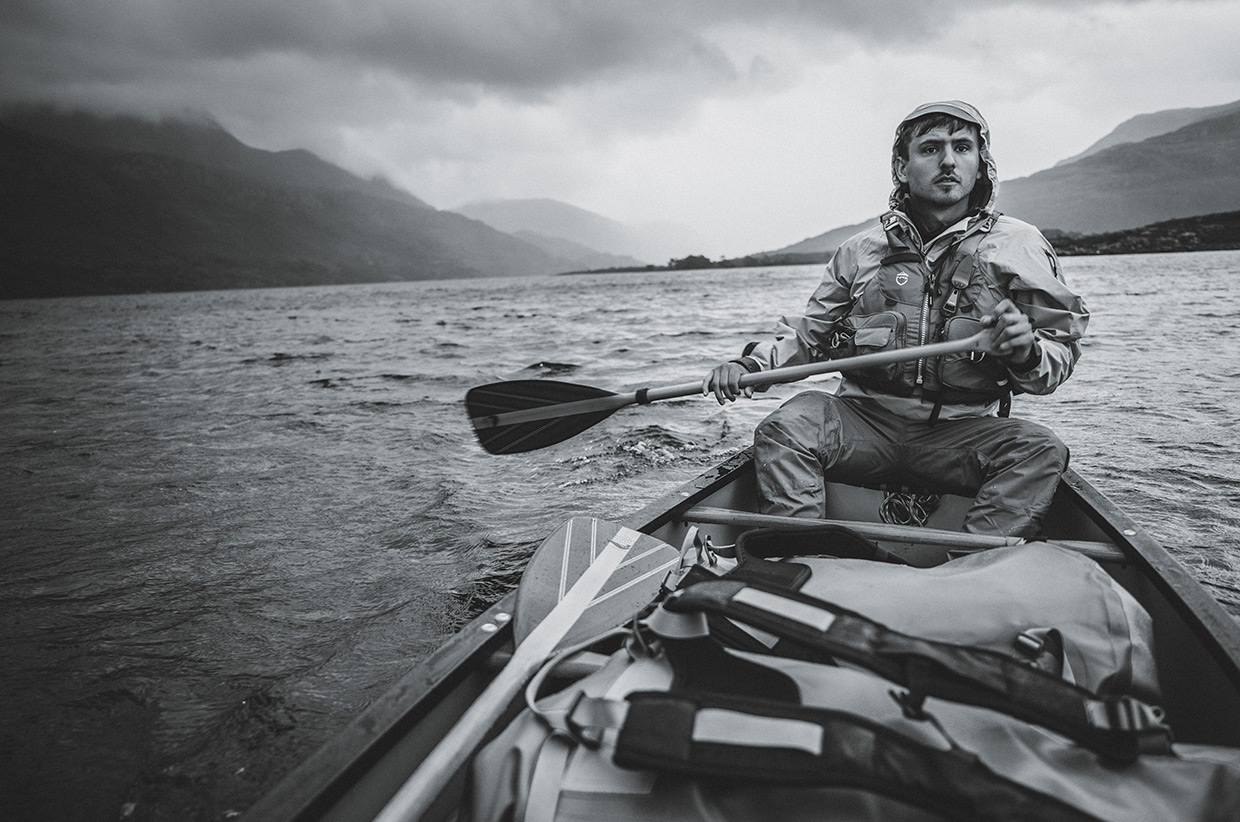

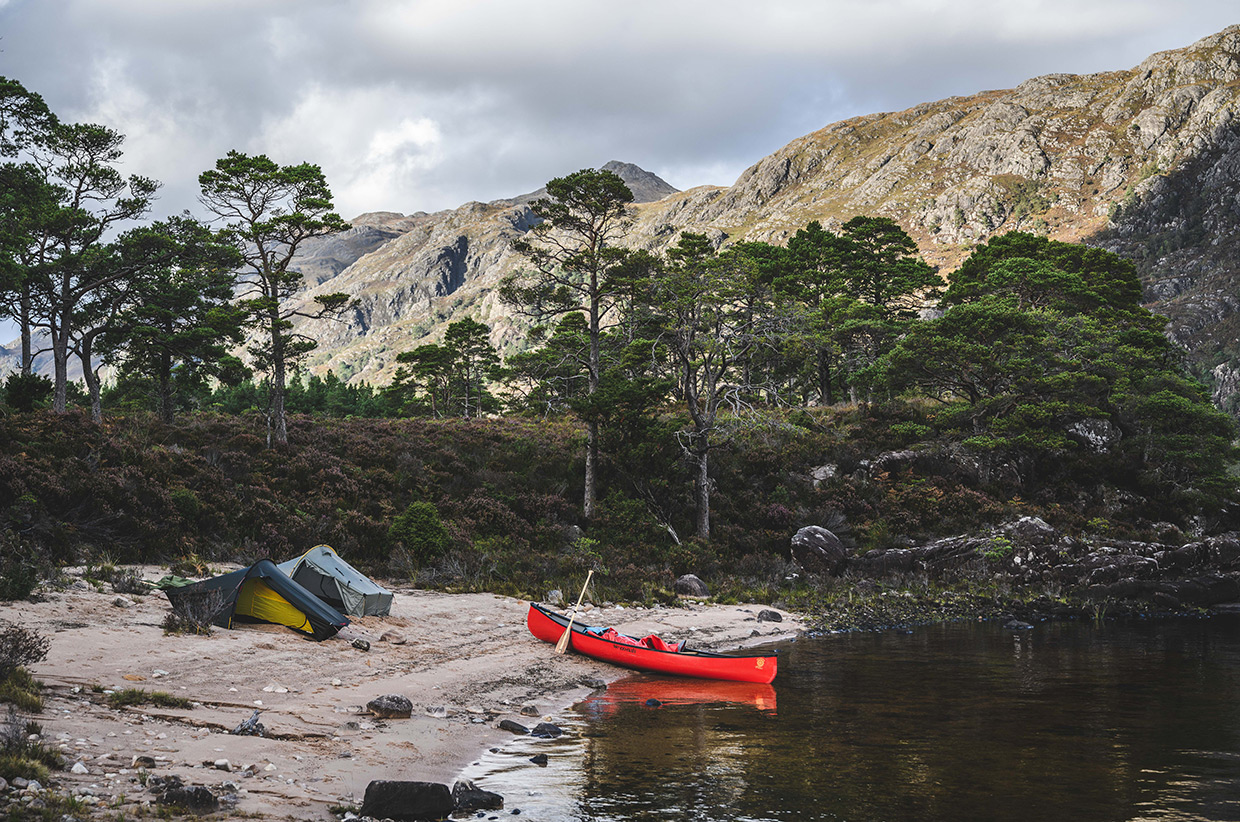
Turning our newly adapted land vehicle back into an aquatic one, we pushed out onto Fionn Loch with anticipation. The winds began to pick up. Large boulders started showing beneath the surface of the shallow waters, making us feel as if we were navigating a minefield. Soon the deep roar of a fighter jet came thundering out of the mountains ahead. It made a hard left as it passed by and started coming towards us. Terrified that we may hit a boulder or flip the boat in the chaos of our excitement, instead we sat still and calm as the RAF Typhoon flew past before disappearing back into the mountains.
Weather conditions increasingly concerned us as we continued up the loch. The open waters served as the perfect runway for the wind to conjure an erratic swell that forced us onto the banks. We considered our options by studying the map. A remote bothy a few kilometres down on the opposite side of the loch could provide a safe shelter from the weather forecasted to arrive in the coming hours – the only problem was getting there. If we wanted to make a direct crossing of the loch, now was our only chance as we were closest to the opposite side. But we had to consider this carefully; the consequences of flipping a canoe in the cold open water could be severe, especially with strong winds pushing us further into the widening loch.
With a sudden lull in the wind, we were confident we could make the crossing. We paddled hard and fast – but the gusts returned soon after leaving the southern banks, making swells so big that water began breaching the bow of the boat. Zigzagging back towards the shore, being careful to minimise our exposure to the side-on wind, we noticed that the sun was starting to set. We scrambled onto the gravel beaches and pulled the boat out of the water. Ian suggested we ditch the canoe and continue to the bothy on foot, but I didn’t want to leave the canoe here knowing that we would need to come back. We attempted pulling it over the thick heather, only to exhaust ourselves after just 100m.
Feeling defeated, we stashed the canoe by a crag slightly inland and began carrying our heavy dry bags on our backs, with paddles in hand, guided by torchlight across four miles of sponge-like waterlogged heather. Pins and needles ran the lengths of my arms under the weight of my bag, forcing me to take frequent stops. I wanted to call it quits, deploy our tents and hunker down right on the marsh, but Ian reminded me there was no way our tents would hold in the coming wind. I channelled my growing hunger and thirst to motivate me to get to the bothy; it was increasingly difficult to bear, but the only thing keeping me moving.
After three hours slogging across four miles of heather in the wind and rain, we bundled in through the door of Carnmore bothy – and, to our immediate surprise, we found two beds with mattresses. This was a luxury that made up for the disappointing lack of a fireplace. Desperate for warmth, the urge to climb straight into my sleeping bag was strong, but I couldn’t forget what had driven me here in the first place. I needed to refuel. We deployed both of our Jetboils on the flimsy table; we couldn’t wait the extra five minutes for another round of water to boil. After inhaling our meals, we quickly retreated to our sleeping bags.
Feeling defeated, we stashed the canoe by a crag slightly inland and began carrying our heavy dry bags on our backs, with paddles in hand, guided by torchlight across four miles of sponge-like waterlogged heather.
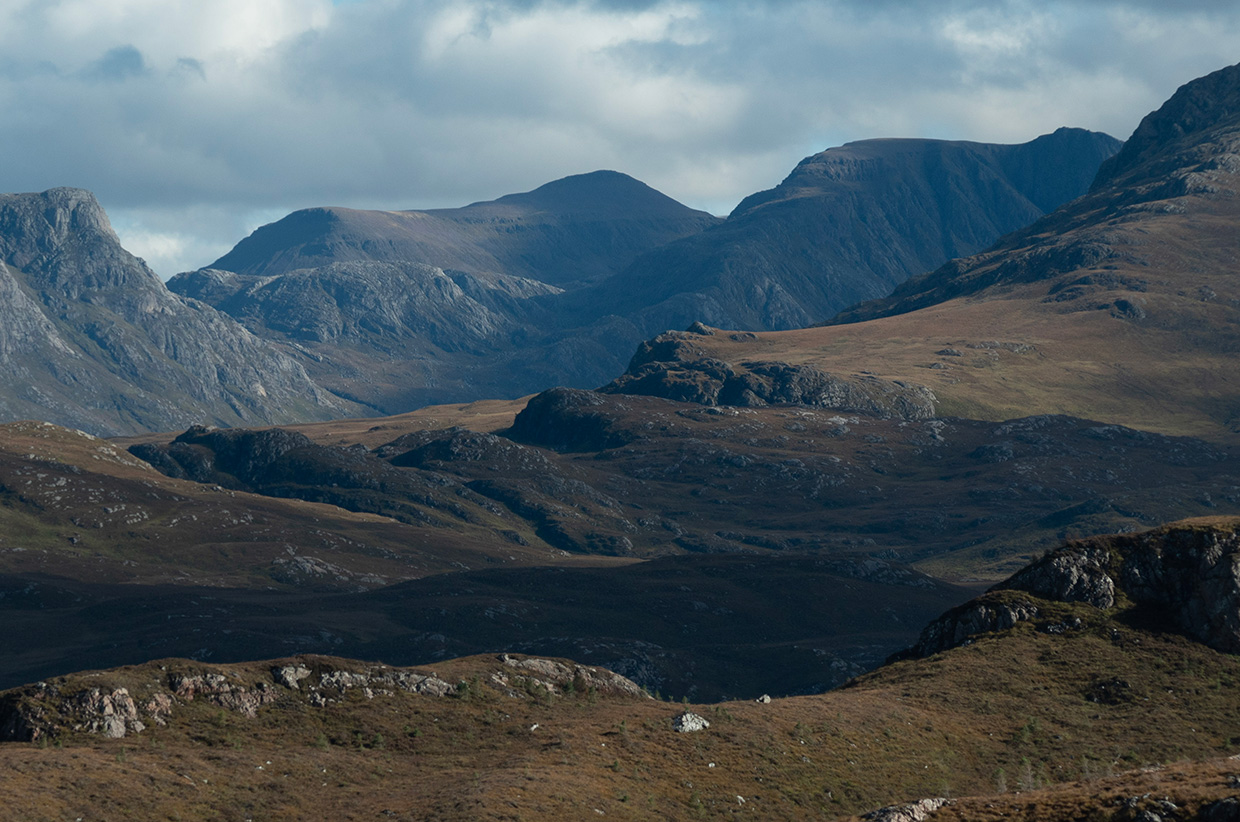
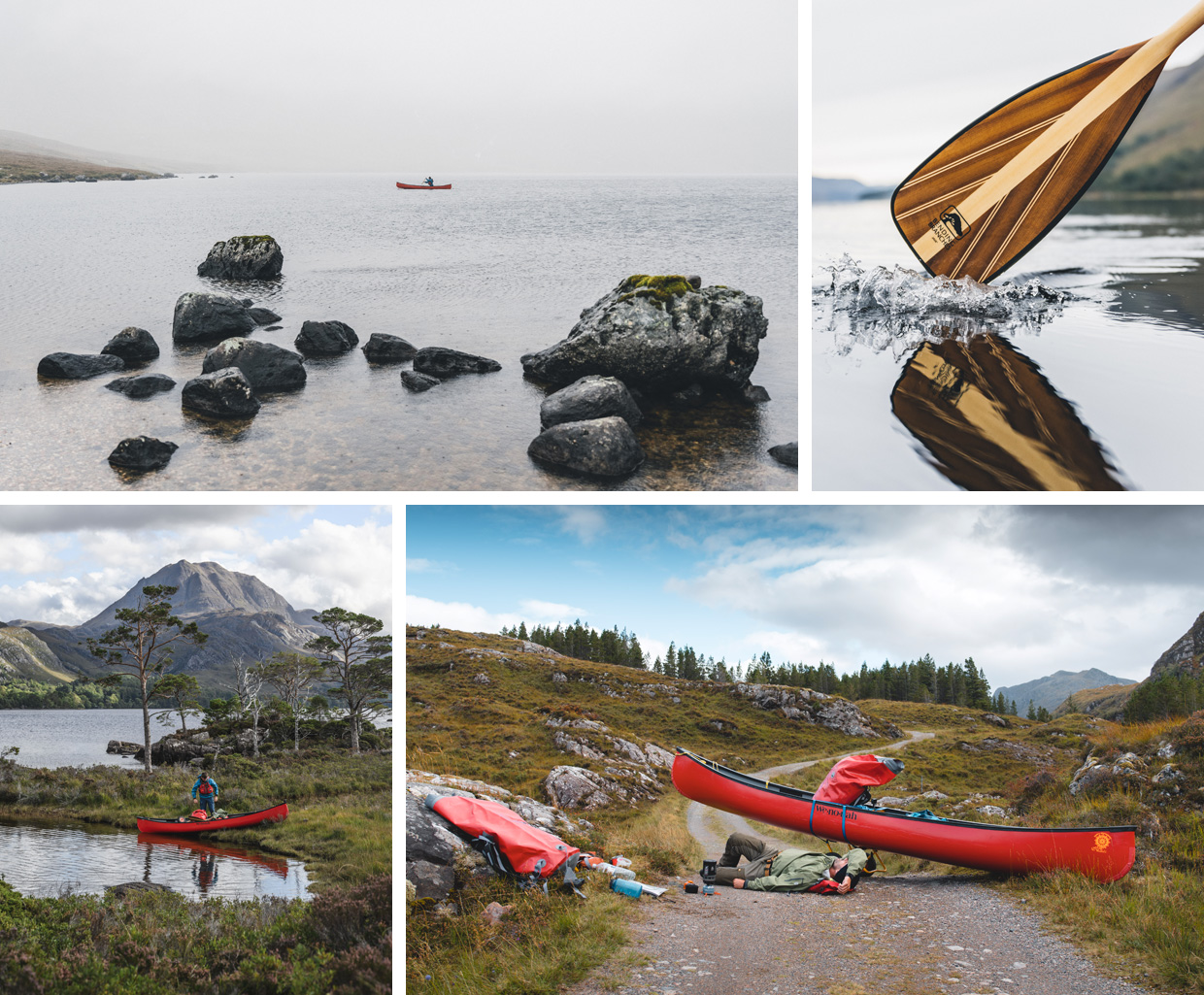

Heavy rainfall had formed a deep fog that covered much of the landscape. The quick glimpse of a crag or gully through the mist confirmed the presence of the mighty Munros that surrounded us.
The weather outside got worse throughout the night. Through my earplugs, I could hear the sound of torrential rain hitting the corrugated roof, and wind ripping through the cables that were somehow holding it in place. We had made the right decision coming here; being out on those exposed marshes would have been dreadful. The morning revealed an entirely different world to what we had seen walking in the dark. Heavy rainfall had formed a deep fog that covered much of the landscape. The quick glimpse of a crag or gully through the mist confirmed the presence of the mighty Munros that surrounded us.
Before we could consider if completing our original circuit was still on the cards, we needed to get the canoe. The thought of retracing our steps back to it made my heart sink. Things brightened when two young ghillies, Joe and Gregor, turned up on a quad bike from the local estate. After telling them our story of the night before, they kindly offered us a lift down to the edge of the loch where they could take us to the other side in their boat. We couldn’t refuse the offer.
On the other side of the loch, we parted ways with Joe and Gregor and began scrambling around the crags before quickly finding the canoe. The absence of weight in the boat made us susceptible to the wind, so paddling straight back across was not going to be as easy as it had been for the ghillies’ boat. We had no choice but to paddle around the entirety of the loch.
Upon returning to the bothy hours later, the canoe stored safely nearby, we studied the map to see what our options were. The ghillies had told us that the weather would be getting worse over the next few days. Intense winds at higher altitudes made portaging the mountain pass to the next loch a dangerous option – we faced the risk of getting trapped on the other side. This was not a time to make brash decisions. The safest option was to wait for the right opportunity to return the way we had come.
We spent the rest of the day at the bothy. Logbooks containing records of all of the visitors over the last 10 years made for some entertaining reading. In one account, the writer referred to this region we found ourselves trapped in as Scotland’s last wilderness, which Ian and I ultimately agreed with. Joe and Gregor later stopped by on the way back to their hunting lodge, kindly providing us with some trout they had caught in the loch. We spent the evening with them sharing stories of our adventures and listening to their wealth of knowledge about the local environment.
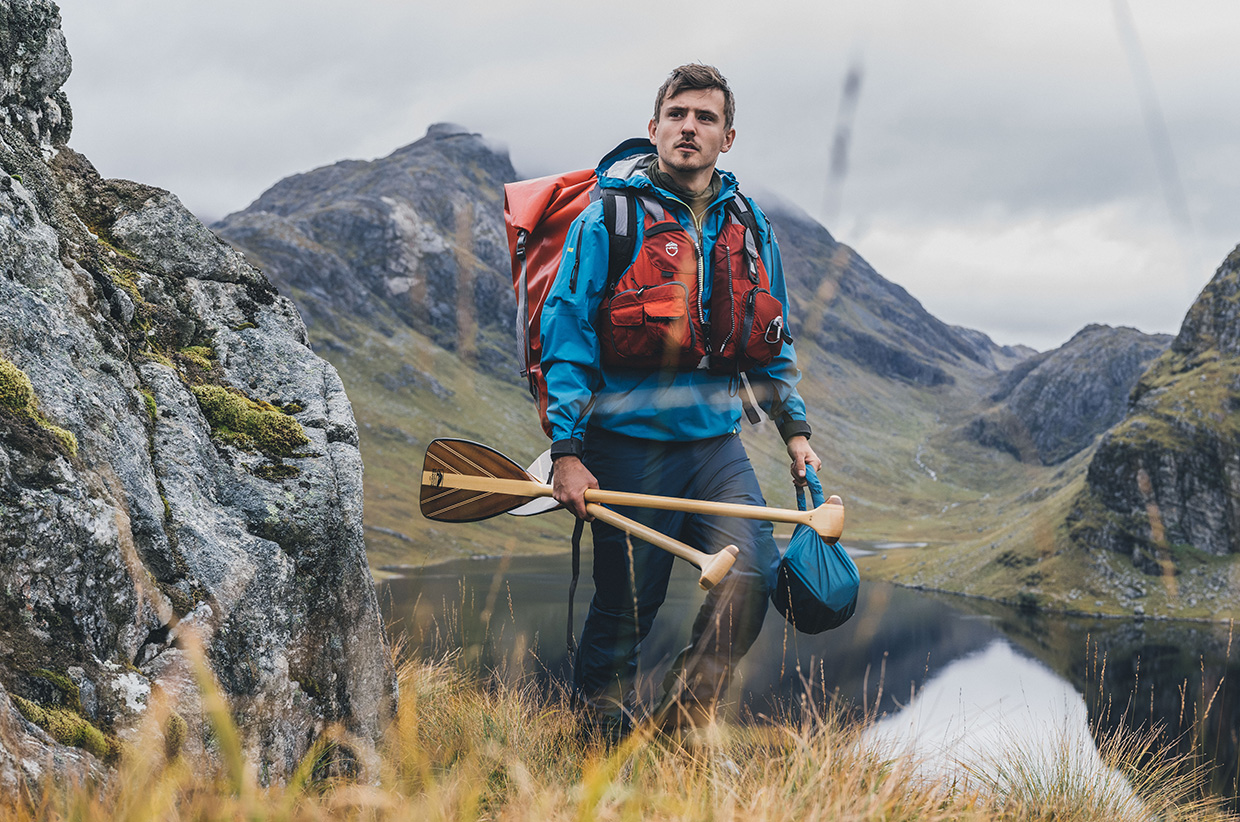
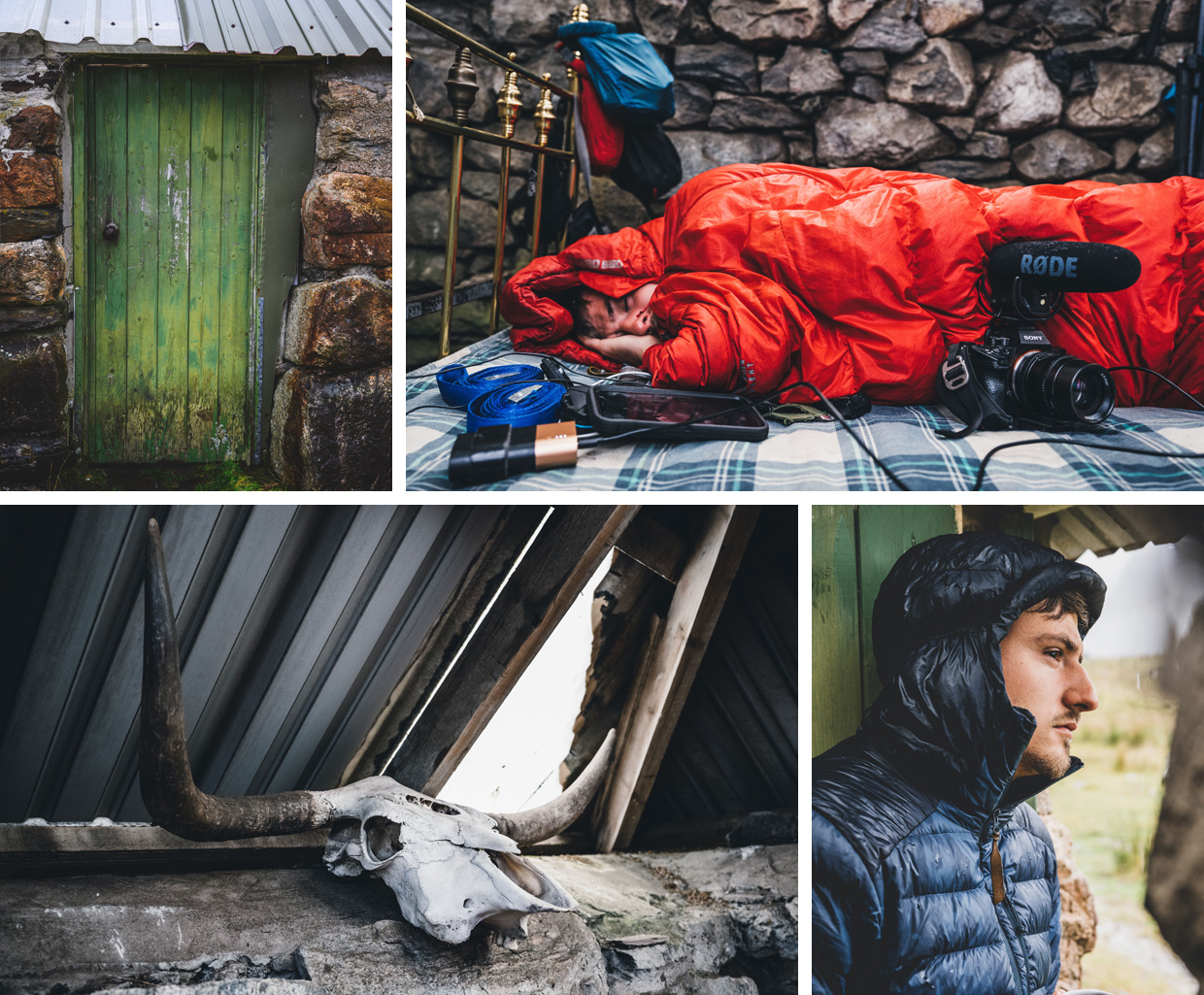
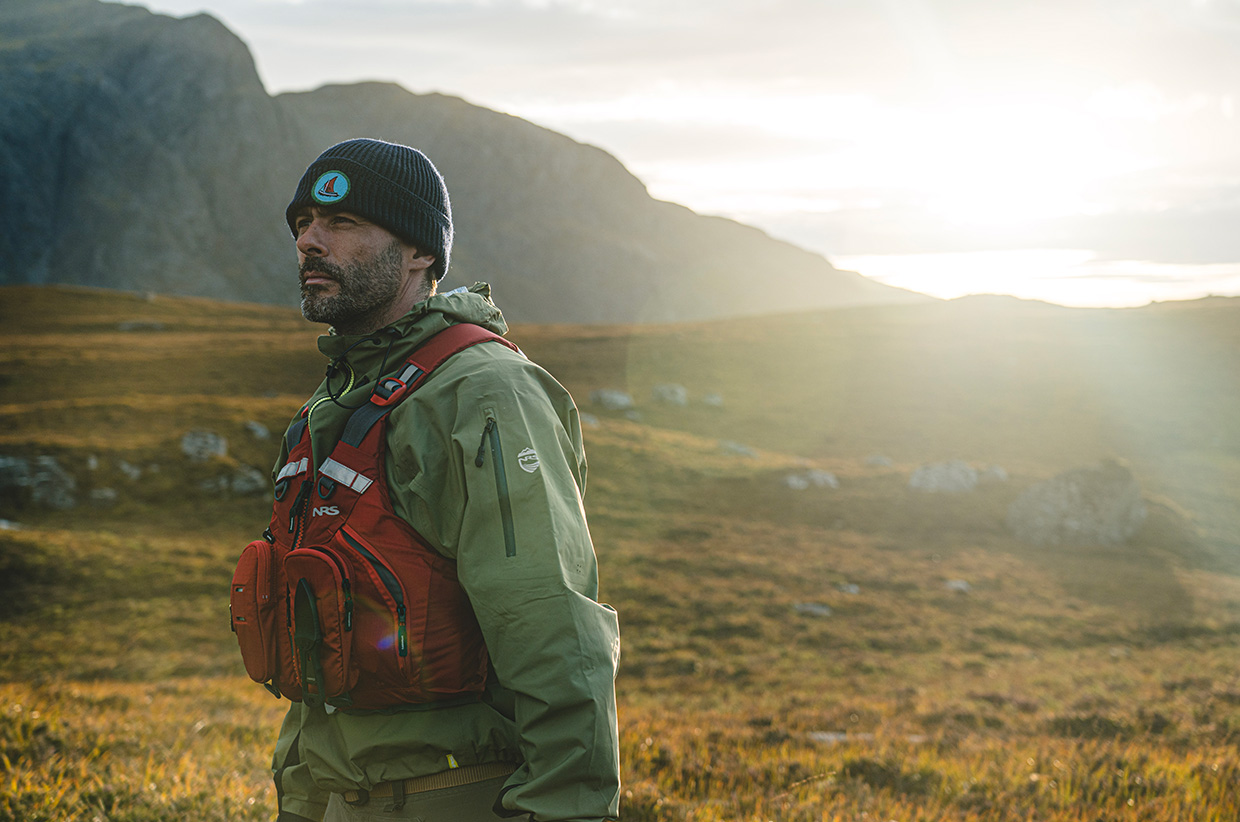
Nature always finds a balance. On our second morning at the bothy, the conditions had calmed just enough for us to think about making our escape. This was our chance at paddling the 8km back to the jetty before more heavy winds arrived. From there, we knew we could make a portage to the nearby town of Poolewe, where we could then arrange a lift back to the car.
With haste, we packed up our things and made our way to the canoe. Finally, back on the water, we knew that to get to the jetty in time we had to make a paddle straight across the loch – there was no time to go around. Pointing the bow into the wind, we paddled as fast as we could to make the most of a lull in the wind that lasted just long enough for us to get across. Relieved to be on the southern side, we began dipping in and out of the safety of sheltered bays, waiting patiently for the wind to let us hop to the next. After an exhausting few hours battling the elements, we finally made it to the jetty.
Back on accessible roads, we strapped the wheels back to the canoe and began our eight-mile walk. We camped that night by a small stream, which allowed us to roll into Poolewe early the next morning, where we finally parked the canoe outside of a little café. The adventure part of our journey had come to an end.
Expeditions are never without their adaptations and challenges. We were forced to discuss options, make difficult decisions, and face our choices head-on. There was no destination, it wasn’t about completing the circuit at all, it was just about being out here. Through all of the hardships, we come out the other side with a sense of achievement that is difficult to find anywhere else. Perhaps that is what drives us to do these things, time, and time again.
Jamie Barnes
Instagram: @jamiebarnesuk
Website: jamiebarnesoutdoors.com
Ian Finch
Instagram: @ianefinch
Website: ianefinch.com
Journey supported by:
Bending Branches: bendingbranches.com // @bending_branches
NRS: nrseurope.com // nrs.com // @nrsweb



